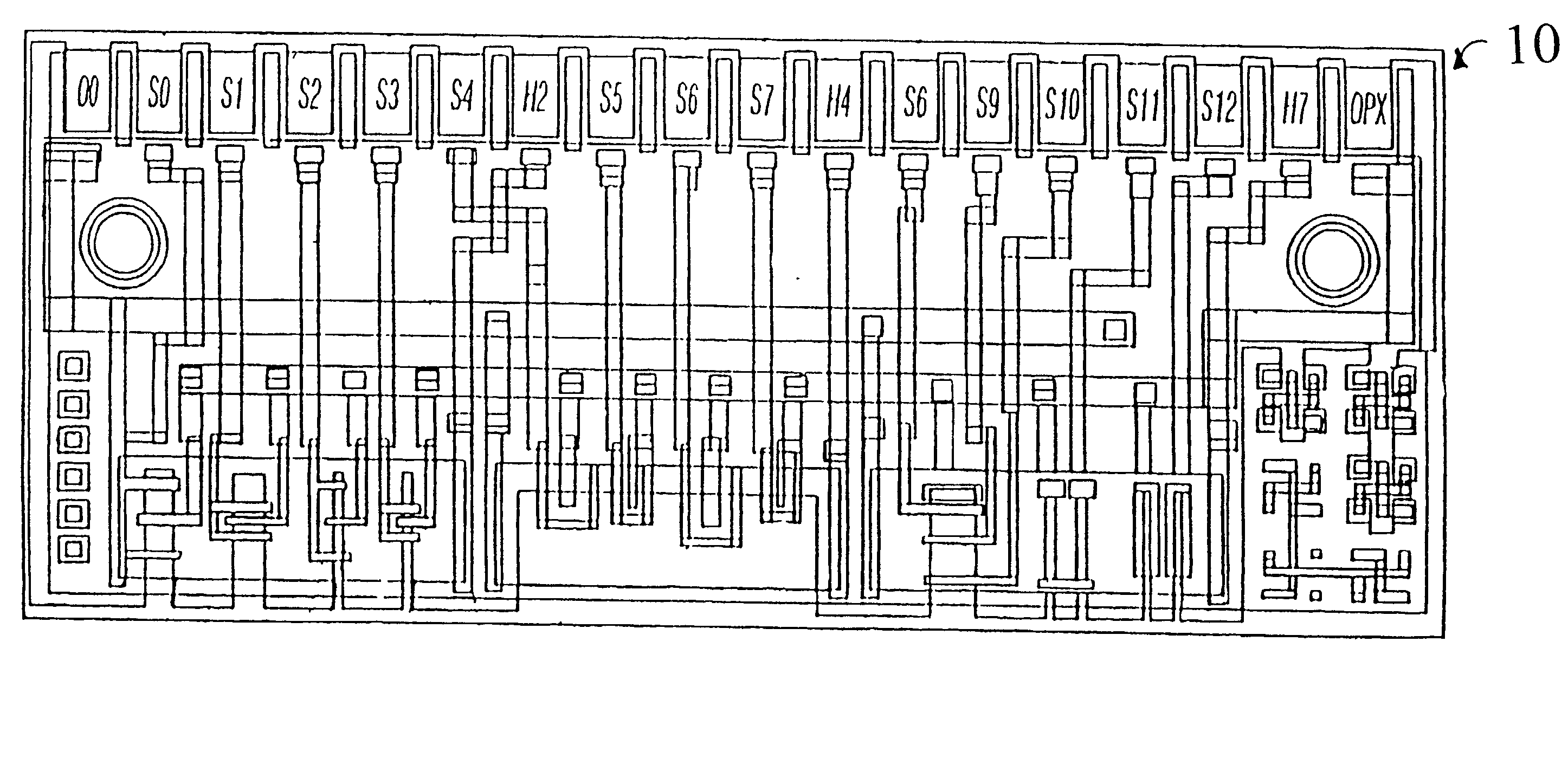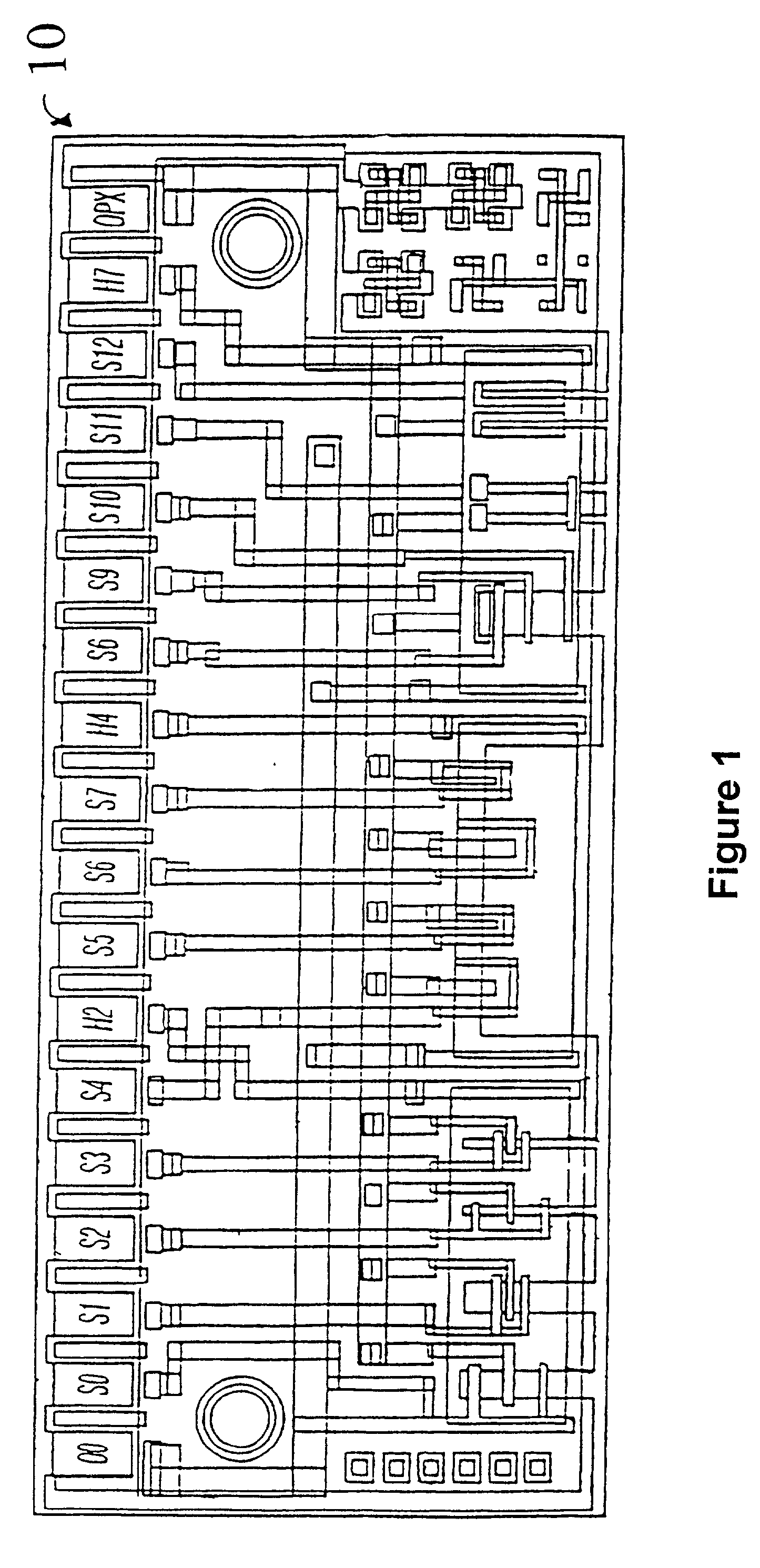Method and apparatus for monitoring intravenous (IV) drug concentration using exhaled breath
a technology of exhalation and intravenous drug, which is applied in the field of method and apparatus for monitoring intravenous (iv) drug concentration using exhalation, can solve the problems of patient perceiving pain, being unable to alert the anesthesiologist, and patient may remember, and can be psychologically devastating to patients
- Summary
- Abstract
- Description
- Claims
- Application Information
AI Technical Summary
Problems solved by technology
Method used
Image
Examples
example ii
[0060] Estimating the Blood Concentration of Supplemental Drugs Administered During Anesthesia and Their Concentration Trends by Measurement in Exhaled Breath. The Opioids Remifentanil and Alfentanil are Discussed as Examples
[0061] The intravenous administration of remifentanil may be either in a bolus of 0.05 to 1 mcg / kg or by a continuous infusion of 0.0125 to 2 mcg / kg / min resulting in a plasma concentration in the 0.5 to 50 ng / ml range. Similarly, alfentanil, a related opioid, may be administered either in a bolus of 10 to 300 mcg / kg or by a continuous infusion of 0.1 to 15 mcg / kg / min resulting in a plasma concentration in the 10 to 500 ng / ml range. For both drugs the effect achieved depends on the dosage, individual patient characteristics, and the simultaneous administration of other drugs. The wide dosage ranges are a result of a wide range of desired effects; from analgesia during conscious sedation to deep general anesthesia when given to supplement a small dose of a hypnoti...
example iii
[0068] Measuring Endogenous and Exogenous Compounds Such as, Ketones and Ammonia in Exhaled Breath
[0069] Normally, the exhaled breath of a person contains water vapor, carbon dioxide, oxygen, and nitrogen, and trace concentrations of carbon monoxide, hydrogen and argon, all of which are odorless. A common medical problem is halitosis, which is usually caused by the breakdown of food by bacteria producing odorants such as hydrogen sulfide, methyl mercaptan, dimethyl disulphide, indole and others. The sensor technology described herein may be used as a sensitive detector for these odorants and for the diagnosis of tooth decay, gum disease or a variety of oral, pulmonary and sinus conditions.
[0070] Other vapor phase compounds include acetone, which is present in diabetics who are in ketoacidosis, ammonia, which is present in patients with liver disease and a variety of odorants which are present in cases of lungs, stomach, gallbladder and kidney dysfunction. Exhaled breath sensing of t...
example iv
[0073] Selection of Sensors
[0074] The following are examples of various sensor technologies that may be utilized in practicing the method of the present invention:
[0075] Conducting Polymers
[0076] Conducting polymer sensors promise fast response time, low cost, and good sensitivity and selectivity. The technology is relatively simple in concept. A conductive material, such as carbon, is homogeneously blended in a specific non-conducting polymer and deposited as a thin film on an aluminum oxide substrate. The films lie across two electrical leads, creating a chemoresistor. As the polymer is subjected to various chemical vapors, it expands, increasing the distance between carbon particles, and thereby increasing the resistance. The polymer matrix swells because analyte vapor absorbs into the film to an extent determined by the partition coefficient of the analyte. The partition coefficient defines the equilibrium distribution of an analyte between the vapor phase and the condensed phas...
PUM
 Login to View More
Login to View More Abstract
Description
Claims
Application Information
 Login to View More
Login to View More - R&D
- Intellectual Property
- Life Sciences
- Materials
- Tech Scout
- Unparalleled Data Quality
- Higher Quality Content
- 60% Fewer Hallucinations
Browse by: Latest US Patents, China's latest patents, Technical Efficacy Thesaurus, Application Domain, Technology Topic, Popular Technical Reports.
© 2025 PatSnap. All rights reserved.Legal|Privacy policy|Modern Slavery Act Transparency Statement|Sitemap|About US| Contact US: help@patsnap.com



